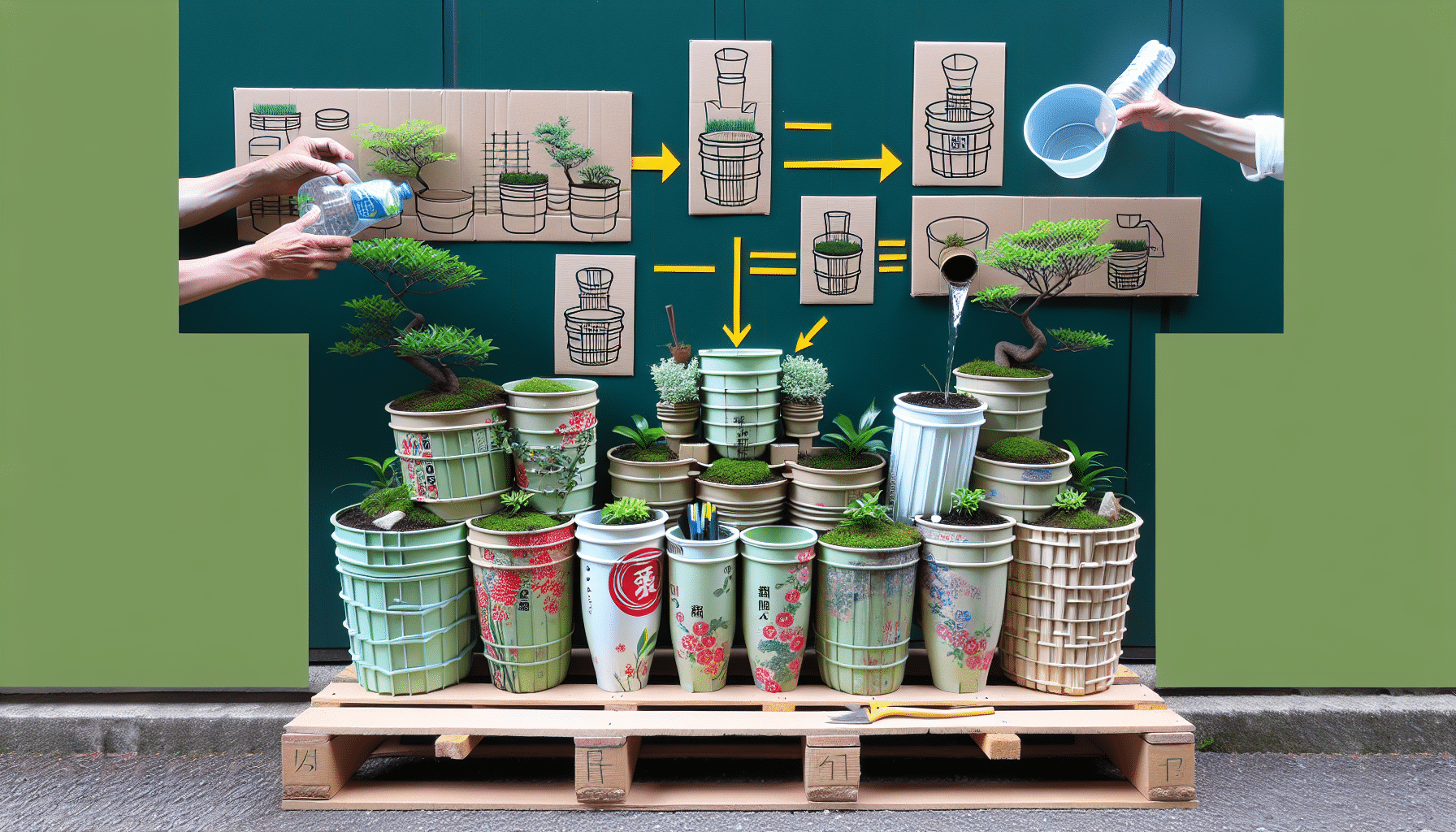In a context where sustainability and environmental care have gained unprecedented relevance, citizens’ creativity manifests as an essential tool for reducing waste. More and more people are choosing to reuse everyday materials to create beautiful and functional planters that evoke the minimalist and zen aesthetics typical of Japan.
The trend of recycling plastic bottles, cans, and wooden boxes into unique planters has gained momentum in various parts of the country. On social media, numerous tutorials can be found that teach how to transform these elements into authentic artistic pieces that, beyond beautifying spaces, contribute to waste reduction. This phenomenon has attracted the attention of gardening enthusiasts, who have discovered that, in addition to being a cost-effective option, recycled planters allow for personalizing designs according to individual tastes and needs.
Japanese-inspired planters are distinguished by their simple lines, balanced shapes, and a palette of natural colors, allowing them to harmoniously integrate into any environment. These elements not only have aesthetic value but also represent a commitment to sustainability. Experts in the field highlight that this practice not only stimulates creativity but also has a significant impact on reducing ecological footprint by opting for the reuse of materials that would otherwise end up in the trash.
This movement has found resonance in various communities and gardening centers, where workshops are organized to teach people how to carry out these transformations. Thus, beyond beautifying homes, a sense of community focused on sustainability is generated.
Trends that merge craftsmanship, Japanese culture, and ecological commitment are on the rise, showing that sometimes what is necessary to create beauty and functionality is closer than imagined. Reuse is presented as an option that invites us to rethink our relationship with the objects around us and cultivate a more responsible consciousness in each of our actions.
via: MiMub in Spanish











